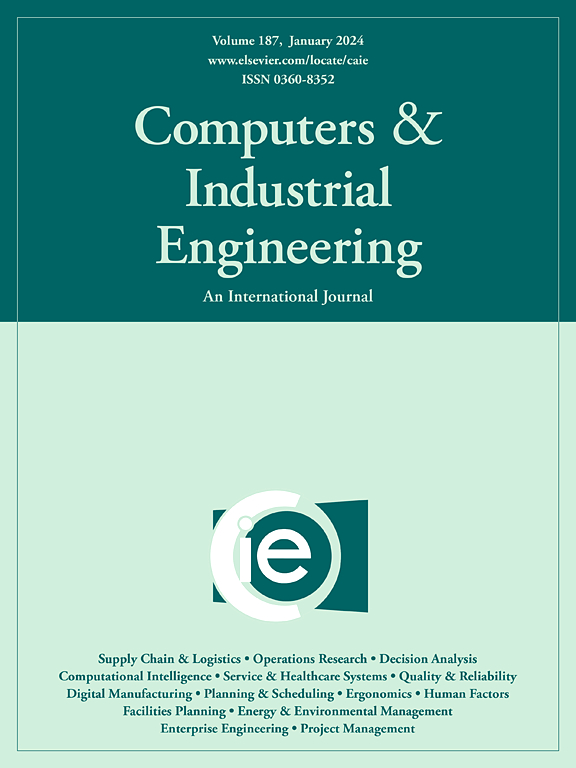An integrated model for coordinating adaptive platoons and parking decision-making based on deep reinforcement learning
IF 6.7
1区 工程技术
Q1 COMPUTER SCIENCE, INTERDISCIPLINARY APPLICATIONS
引用次数: 0
Abstract
Improving transportation efficiency is a key challenge in operating automated container terminals (ACTs), particularly in managing yard intersections and optimizing parking resources. However, existing studies often treat these two aspects independently, failing to consider their combined impact on vehicle operation efficiency. To this end, this study proposes a hierarchical control framework, named CAP-PDM, to integrate intersection platoon strategy and parking resource management for Intelligent Autonomous Vehicles (IAVs). The CAP-PDM comprises two layers: (1) the adaptive platoon layer leverages real-time traffic data to determine optimal platoon sizes at intersections, addressing localized congestion and reducing delays; (2) the parking strategy optimization layer achieves dynamic IAV scheduling and task allocation within the horizontal transportation network by considering multiple objectives (i.e., the current efficiency of IAVs and task completion). The Dual Deep Deterministic Policy Gradient (DDPG) algorithm is employed to determine platoon sizes and manage real-time IAV assignments to parking areas. Simulation results demonstrate that compared with other control methods, CAP-PDM demonstrates superior adaptability to varying traffic conditions, minimizes delays, and significantly enhances the operational efficiency of IAVs in ACTs. This study highlights the importance of integrating traffic control with resource optimization to improve the efficiency of automated port operations. The findings provide port managers with innovative insights for optimizing horizontal transportation systems.
求助全文
约1分钟内获得全文
求助全文
来源期刊

Computers & Industrial Engineering
工程技术-工程:工业
CiteScore
12.70
自引率
12.70%
发文量
794
审稿时长
10.6 months
期刊介绍:
Computers & Industrial Engineering (CAIE) is dedicated to researchers, educators, and practitioners in industrial engineering and related fields. Pioneering the integration of computers in research, education, and practice, industrial engineering has evolved to make computers and electronic communication integral to its domain. CAIE publishes original contributions focusing on the development of novel computerized methodologies to address industrial engineering problems. It also highlights the applications of these methodologies to issues within the broader industrial engineering and associated communities. The journal actively encourages submissions that push the boundaries of fundamental theories and concepts in industrial engineering techniques.
 求助内容:
求助内容: 应助结果提醒方式:
应助结果提醒方式:


